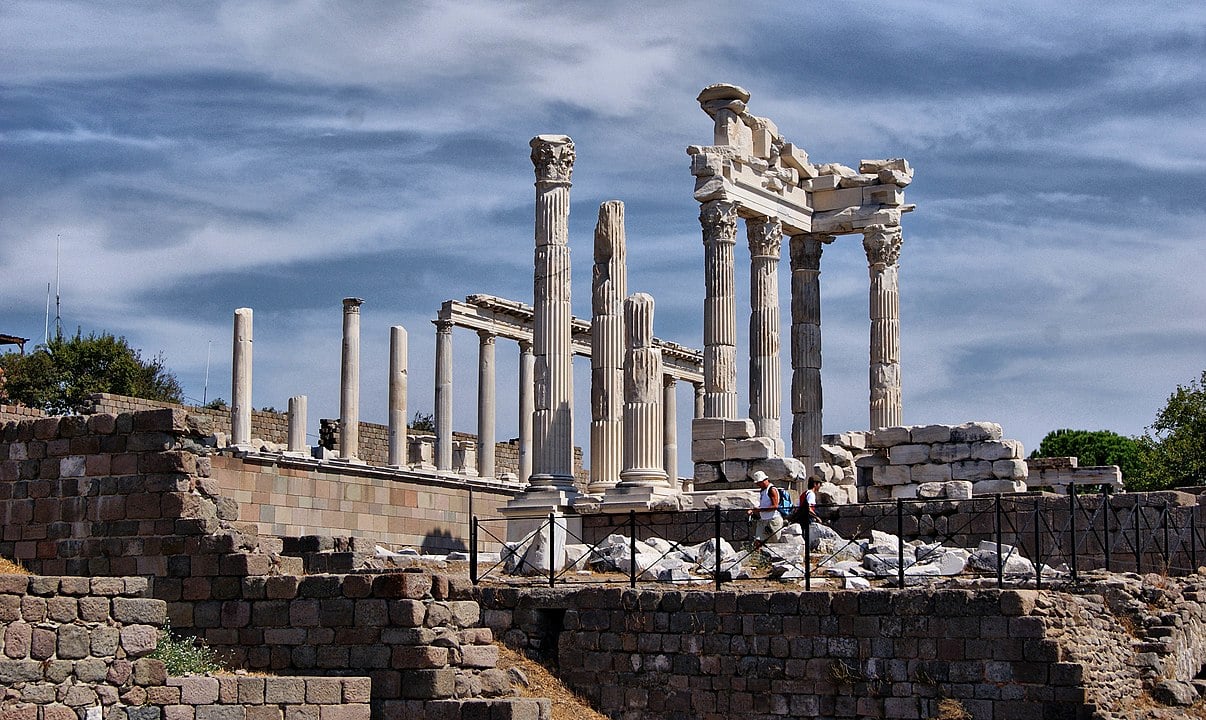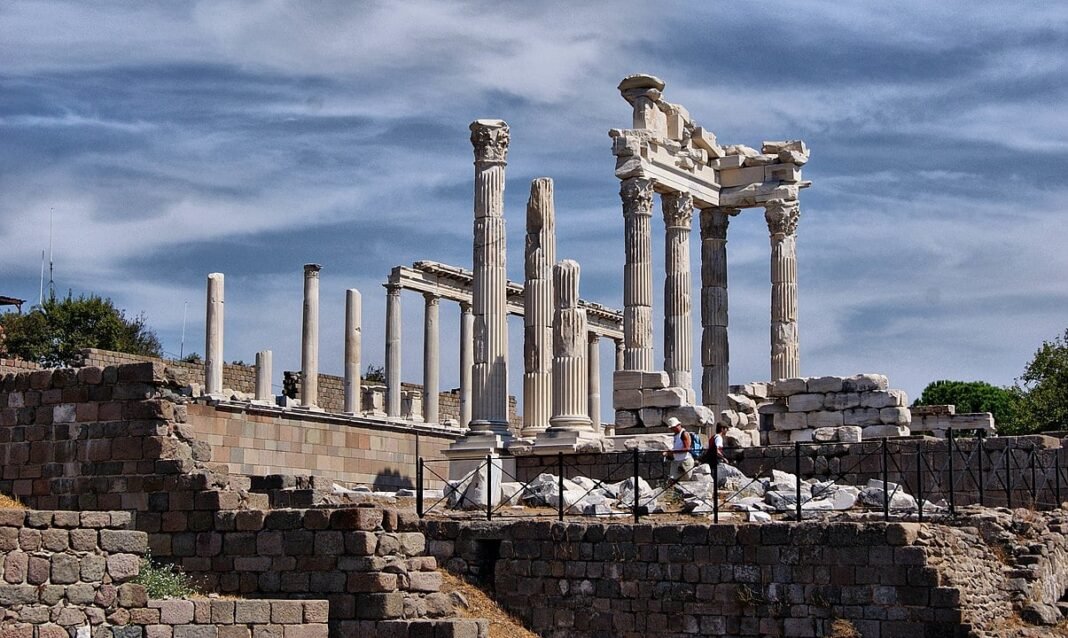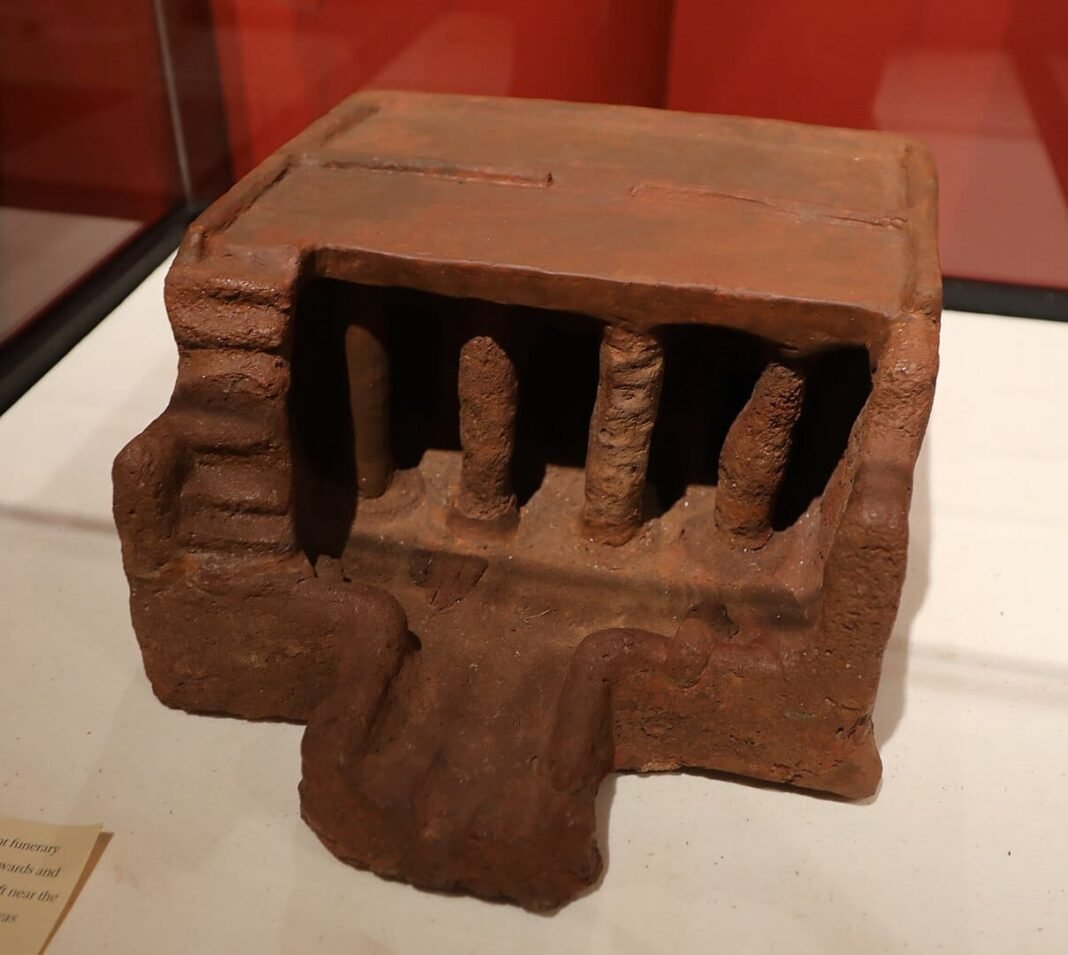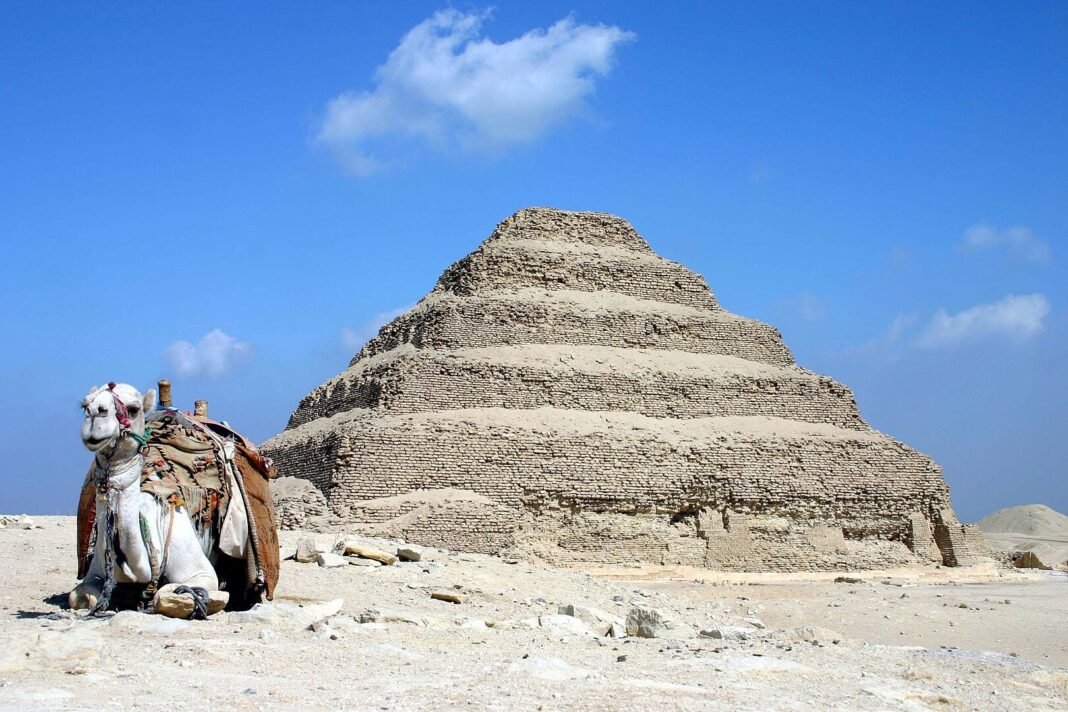
Archaeologists in Turkey have discovered a 1,400-year-old bronze cauldron during excavations at Pergamon (Greek: Πέργαμον), an ancient Greek city later transformed under Roman and Byzantine rule.
The artifact, discovered in the courtyard of a building known as the “Mosaic House,” contributes to our understanding of daily life and craftsmanship during the city’s Byzantine period.
The cauldron was discovered in its original position
The cauldron was unearthed in its original spot inside a small pool, undisturbed for more than a millennium. Experts say its exceptional preservation makes it an unusual find for a bronze vessel of this age. Restoration work has begun, and the cauldron will soon be displayed at the Bergama Museum, allowing the public a close view of its craftsmanship.
Pergamon’s layered Greek and Byzantine past
Pergamon, once a major Hellenistic center ruled by the Attalid dynasty, became a cultural and political hub of the Greek world before falling under Roman and later Byzantine control. The “Mosaic House,” where the cauldron was discovered, is situated near the Red Basilica and is named for its intricate floor mosaics.
Excavation director Prof. Dr. Yusuf Sezgin of Manisa Celal Bayar University said the complex likely belonged to a high-ranking Roman official or Christian cleric in the Byzantine period, reflecting the city’s transitional history.
The pool is likely used for household water collection
According to Sezgin, the pool where the cauldron was discovered was not intended for bathing but likely served to collect rain or spring water for household use. He noted the building appears to have been abandoned in the seventh century A.D., possibly during Arab raids, and remained untouched until excavations began.
📍 Pergamon’daki ‘Mozaikli Ev’de 1400 yıllık bronz kazan bulundu.
İzmir’in Bergama yer alan Pergamon Antik Kenti’nde süren kazı çalışmalarında, ‘Mozaikli Ev’ olarak adlandırılan yapı kompleksinin taş avlusundaki havuzda Roma dönemine ait olduğu değerlendirilen bronz kazan… pic.twitter.com/id7x8cNMQp
— arkeolojihaber ® (@arkeolojihaber) July 27, 2025
Bronze craftsmanship shows a lasting tradition
Bronze, considered a precious material in antiquity, was far less common than ceramic. The cauldron’s survival provides rare insight into high-status domestic objects.
Sezgin said it was crafted using a hammering method still practiced today in parts of Anatolia, including Diyarbakır and Şanlıurfa, suggesting a remarkable continuity of metalworking techniques over more than a thousand years.
Glimpse into domestic life and water use
Researchers believe the cauldron may have been used to carry water from the pool to an adjoining kitchen area, shedding light on resource management and daily routines of the household. Its discovery in situ — precisely where it was last used — offers archaeologists direct evidence of life in Pergamon during the late Roman and Byzantine periods.
Ancient Heritage and Future project
The find is part of the Ministry of Culture and Tourism’s “Heritage for the Future” initiative, which seeks to preserve Pergamon’s multi-layered past. The city’s remains span prehistoric, Hellenistic, Roman, Byzantine, Seljuk, and Ottoman eras, making it one of the most significant archaeological sites in western Turkey.


